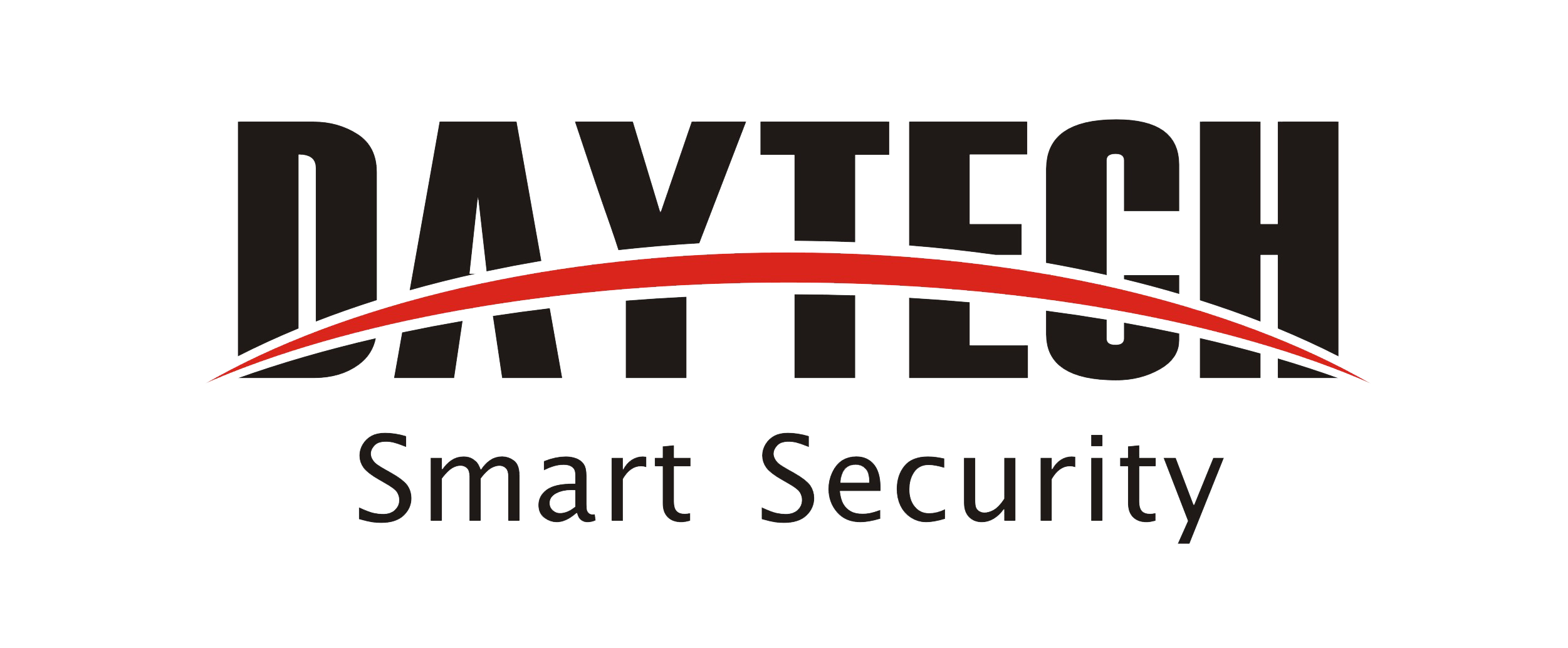Daytech Customer Story: Paul M.
A Straightforward Start
For Paul M., the Daytech call station delivered immediate ease of use. Out of the box, the system required no complicated setup. Batteries came pre-installed, and the receiver simply plugged into a wall outlet. This intuitive design eliminated the usual frustrations of configuration. Within minutes, the call system was operational, ready to serve its purpose without delay.
Flexible Placement for Better Visibility
To ensure maximum visibility, Paul’s family used an extension cord to place the receiver in a spot where alerts could not be missed. This small adjustment highlighted one of the system’s strengths—adaptability. The unit could be positioned to meet the unique layout of a home or care facility, ensuring caregivers always had a clear line of sight to incoming signals.
Strong Coverage Across the Property
The range of the call buttons exceeded expectations. Paul noted that the signals traveled well beyond the boundaries of his property, providing comprehensive coverage. For households with expansive yards or care settings with multiple wings, this kind of reach ensures peace of mind. Caregivers remain confident that no matter where they are, the call for assistance will reach them.
Noticing the Details in Alert Behavior
Paul carefully observed the behavior of the call station during real-world use. When a button was pressed, the receiver would announce the corresponding number and blink for approximately five minutes before resetting. However, if another button was pressed during that time, the initial signal was replaced by the new alert. This sequence raised questions about how overlapping calls might be managed in a busy care environment.
Challenges in Multi-Call Scenarios
In practical use, Paul recognized a potential concern. If one call had not been acknowledged before another was triggered, the first could inadvertently be missed. Likewise, if caregivers responded to an alert still blinking, they might overlook a new request arriving from another button. These insights revealed the need for a system that could either manage simultaneous alerts or provide a manual reset option for greater clarity.
Seeking Technical Clarity
Paul reached out to Daytech support, asking if a manual existed that detailed options for adjusting time-outs, canceling calls, or managing concurrent alerts. His inquiries reflected the realities of caregiving environments, where precision and responsiveness are paramount. A system designed for safety must account not only for simplicity but also for adaptability to complex situations.
Ideal Use Cases for the Call Station
Despite these nuances, Paul identified several scenarios where the Daytech system excelled. It could serve as a reliable panic alert in washrooms, hallways, or common areas—places where immediate assistance is crucial. Additionally, he envisioned the system as a useful tool for security or caregiving rounds. An attendant could press a call button at each checkpoint, allowing the receiver to display the last known location, creating a simple yet effective tracking mechanism.
Balancing Simplicity and Sophistication
Paul’s experience underscored the balance between straightforward functionality and the desire for more advanced options. For many families and facilities, the Daytech call station provides a dependable solution—simple, strong, and ready to use. Yet his observations remind us that in caregiving, every detail matters. The true value of such a system lies in its ability to adapt, ensuring no call for help ever goes unanswered.



